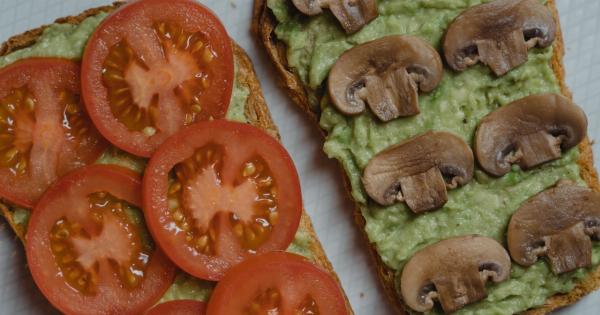Omega-3 (O-3) fatty acids are essential for children’s healthy growth and development. These polyunsaturated fatty acids are not produced by the body and must be obtained through diet or supplements.
O-3 fatty acids are important for various bodily functions, including cognitive development, with an emphasis on the brain and nervous system. This article highlights the significance of O-3 fatty acids for children’s cognitive development and how parents can ensure that their children are getting enough of these essential nutrients.
What are O-3 Fatty Acids?
O-3 fatty acids are a type of polyunsaturated fat that come in three main forms: EPA (eicosapentaenoic acid), DHA (docosahexaenoic acid), and ALA (alpha-linolenic acid).
EPA and DHA are the primary forms that are required for a healthy development of the brain and nervous system, as well as the cardiovascular system. ALA can be converted into EPA and DHA, but the conversion is not efficient, which means that it is important to consume EPA and DHA directly from the diet.
Why Are O-3 Fatty Acids Important?
O-3 fatty acids are important for many bodily functions, including a healthy immune system, cardiovascular system, and brain development.
EPA and DHA are particularly important for cognitive development, including higher brain functions like learning, memory, and attention span. The brain is made up of 60% fat and is composed of millions of nerve cells that communicate with each other through electrical and chemical signals.
O-3 fatty acids are crucial components of these signals, making it easier for nerve cells to communicate and transmit signals efficiently. EPA and DHA are also important for reducing inflammation in the body, which can lead to a variety of health problems when it is chronic.
How Can Children Get Enough O-3 Fatty Acids?
Children can obtain O-3 fatty acids from a variety of sources, including fatty fish like salmon, tuna, mackerel, and sardines.
Other sources of EPA and DHA include fortified foods like eggs, milk, and yogurt, as well as O-3 supplements like fish oil and algae supplements. While it is important to consume foods that are high in O-3 fatty acids, it is also important to consume them in moderation due to the potential risks associated with toxic contaminants that fish may contain.
Therefore, it is suggested not to exceed more than 2-3 servings of fish per week.
Signs of O-3 Fatty Acid Deficiency in Children
A deficiency in O-3 fatty acids can lead to a variety of health problems in children, including cognitive issues such as poor memory, difficulty concentrating, and diminished problem-solving abilities.
Other symptoms may include hyperactivity, mood swings, dry skin, and weak immunity, making children more prone to infections and illness.
Recommended O-3 Fatty Acid Intake for Children
In the United States, there aren’t specific recommendations for O-3 fatty acid intake for children.
However, the American Heart Association has recommended that children ages 2-3 years consume about 700 milligrams of EPA and DHA per day, while children ages 4 and up should consume about 1000 milligrams per day. Infants who are between four to six months of age, and who are not being breastfed autistic, may be benefited by including a minimum of 100 milligrams of DHA per day in their formula.
However, it is always better to consult the pediatrician for recommended intake, as the requirements can vary depending on the child’s age, weight, and health status.
O-3 Fatty Acid Supplements for Children
O-3 supplements are available in the form of fish oil or algae-based supplements. It is important to choose a reputable brand, look for products that contain both EPA and DHA, and check for purity and contaminant testing.
When it comes to dosing, dividing the amount of O-3 fatty acid intake into smaller doses throughout the day is more beneficial, rather than taking a single large dose.
Conclusion
O-3 fatty acids are crucial components of children’s cognitive and overall health development. Consuming these essential nutrients through a balanced diet and supplements can help children grow and thrive.
However, it’s important not to over-consume O-3 fatty acids, as some fish species can contain harmful contaminants. Consultation with a healthcare professional is necessary before taking any O-3 supplementation or starting any new diet, particularly for children and pregnant women.































